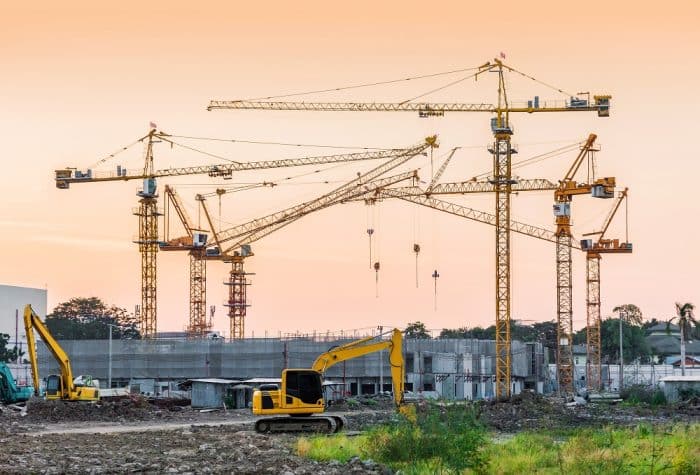The Critical Role of Rigging and Load Control in Crane Operations

By Jane Marsh
Crane operations have several inherent dangers people must proactively mitigate by following best practices. Many relate to rigging and load control because forgetting a critical step in those areas could lead to accidents or fatalities.
Rigging Is Essential for a Secure Load
Rigging relates to all the activities to attach the load to the crane safely. It involves selecting the appropriate straps, chains or other accessories, ensuring the crane can lift the required weight and checking that all the equipment is in working order before proceeding.
Choosing appropriate equipment ensures the best results, especially since specific choices can affect the accompanying accessories. For example, some fiber ropes are up to 80% lighter than non-fiber ropes. The weight savings means individuals can choose hook blocks that are not as heavy.
People must also create a rigging plan based on the anticipated lift and load:
- Ordinary lift: This is characterized by a routine lift that only requires fundamental rigging principles and minimal safety precautions.
- Critical lift: A non-routine lift where the load weight is more than three-quarters of the crane’s rated capacity. Tandem lifts — or those where the crane operator cannot see the load at all times — are also critical.
- Pre-engineered lift: This lift happens frequently enough at a job site so people do not need to create extensive rigging plans before each one.
Ordinary and critical lifts require formal plans that account for factors such as:
- Known hazards
- Environmental factors
- Safety precautions
- Crane positioning
- Crane capacity
Load Control Supports a Safe Transition
Rigging and load control are similar in that they both center on safety. Rigging encompasses the safety procedures occurring while the load is still on the ground. Then, load control measures keep the lifted items secure as they move.
These precautions are essential due to how easily things can go wrong. One multiyear analysis indicated 44 worker fatalities from crane accidents on average annually.
Wind, inertia forces and even a twisted hoist rope can cause unintended movements from the suspended load. Traditional load control methods involve using tagline ropes to restrict swinging or spinning. A rigger applies force to stop the motion. However, taglines work best when closest to a horizontal angle — they are less than 75% effective if 45° to the horizontal.
Some professionals who work with cranes have invested in remote-operated load control technology. Riggers must move with and work near loads when using taglines. However, remotely controlled products keep them at safer distances.
Communication Prevents Misunderstandings
Even once people follow rigging and load control recommendations, everyone involved in moving the item to the intended location must communicate throughout the process. This typically occurs with hand signals since worksites are often noisy.
Someone on the ground must indicate to the crane operator how and when to move the boom. Hand signals also show times to use the auxiliary versus the main boom or if the crane operator must stop the load due to an emergency. Using a hand-based communication system universally understood by all professionals eliminates the possibility of misheard or unheard words.
Enabling Risk Management Through Planning
It is impossible to get rid of all the risks associated with using cranes to lift loads. However, when people take the time to understand the threats and proactively reduce them, they will minimize the chances of things going wrong. Adhering to widely used recommendations for crane operations also keeps companies in line with regulations, enabling them to operate safely, profitably and free from scrutiny.
When people prioritize planning from the start rather than treating it as an afterthought, they will be well aware of what is within their control and what each load demands. Rigging and load control decisions vary depending on individual circumstances, so the professionals concerned must take all aspects into account and understand that maintaining safety is a collective effort.
Author Bio: Jane Marsh is the editor-in-chief of Environment.co where she covers green technology, sustainable building and environmental news.

